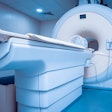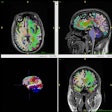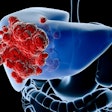Although generally associated with older folks, the painful hip does not necessarily discriminate based on age. Development dysplasia of the hip (DDH) is an important cause of secondary osteoarthritis in young adults.
Still, in a graying population, up to 20% of older adults who undergo total hip arthroplasty may have underlying dysplasia. Traditionally, orthopedic surgeons have relied on x-ray to track dysplasia prior to treatment. Now, MRI studies are done more frequently. But do the two modalities offer the same kind of information?
A group from New York City and Columbus, MO, looked at the concordance of MR and plain-film measurements for hip disorders, and reported their findings at the 2006 International Society for Magnetic Resonance in Medicine (ISMRM) meeting in Seattle.
Dr. Sarah Shock and colleagues from New York University and the University of Missouri included 15 patients, ages 38-71, in their study. All subjects underwent 1.5-tesla MR exams within two months of pelvic x-ray. Coronal T1-weighted MR was done.
The MRI images, interpreted by three different readers, were analyzed as follows:
- Measurement of acetabular angle (AA)
- Measurement of center angle edge (CE)
- Measurement of acetabular index (AI)
- Measurement of articulotrochanteric distance (ATD)
The most representative slice of coronal MR images were used to make measurements, the authors said. For the ANOVA comparison of measurements, the p-value was defined as 0.05.
According to the results, the mean values for AA on x-ray was 53.9 versus 43.0 (p < 0.0001) on x-ray for a correlation coefficient (r) of 0.537. For the CE measurement, the mean value was 37.5 on x-ray and 35.6 on MRI (p = 0.079; r = 0.559). For AI, x-ray came in at 48.6 while MRI came in at 30.0 (p < 0.001; r = 0.177). Finally, for ATD, the mean value was 2.0 on x-ray and 0.4 on MRI (p < 0.001; r = 0.343).
The authors reached several conclusions. First, that only CE measurement on MRI can be used in the same way as CE measurements taken radiographically. For other measurements, the x-ray values for the AI were at least two units higher than MR values. For the ATD, x-ray values were at least twofold higher, they said.
However, there was enough of a positive correlation for evaluation of the acetabular angle on MRI and x-ray that adjustments in calibration could make for improved agreement, they said.
For the time being, the group concluded that traditional angles and lines used to assess hip dysplasia on x-ray may not be appropriate for MRI studies. However, technical advances such as 3D imaging and linear transformation should improve MR results, they said. In addition, a new lexicon of MR measurements should be developed, similar to one used for evaluating scoliosis (European Spine Journal, April 2001, Vol. 10:2, pp. 114-117).
Other researchers have also looked at the role of both modalities in dysplasia. A study out of California compared MRI and x-ray measurements in children with DDH and found that plain radiography was still an appropriate tool for follow-up, as well as a good indicator of hip cartilaginous development (Journal of Pediatric Orthopaedics, May/June, 2006, Vol. 26:3, pp. 310-315).
Meanwhile, a U.K. group evaluated the diagnostic accuracy of MRI for identifying labral and articular cartilage lesions in patients with acetabular dysplasia. Their results showed that MRI correctly identified the severity of chondral abnormality in 89% of their patient population. They stated that MRI was a "high-resolution, nonarthrographic technique (that) can provide an accurate preoperative assessment" (Skeletal Radiology, June 2006, Vol. 35:6, pp. 378-384).
By Shalmali Pal
AuntMinnie.com staff writer
May 19, 2006
Related Reading
Multidetector CT better than MRI for assessing hip articular cartilage, August 17, 2005
MR clarifies paralabral cysts as common source of hip pain, September 6, 2004
Early ultrasound screening may help prevent surgery for hip dysplasia, December 15, 2003
Copyright © 2006 AuntMinnie.com

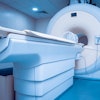

.fFmgij6Hin.png?auto=compress%2Cformat&fit=crop&h=100&q=70&w=100)

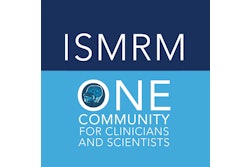
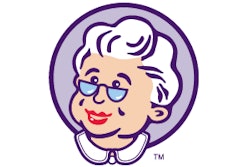
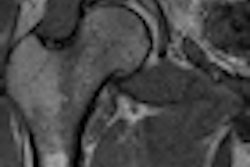
.fFmgij6Hin.png?auto=compress%2Cformat&fit=crop&h=167&q=70&w=250)
